Leasing printers for small business can be an efficient and cost-effective way to handle printing needs without the significant upfront cost of purchasing. If you’re like Office Manager Olivia, juggling outdated systems with high maintenance costs, leasing offers:
- Lower initial costs: Avoid large capital expenditures.
- Flexible terms: Align payments with your budget.
- Tax advantages: Monthly payments may be deductible.
- Up-to-date technology: Easily upgrade to newer models.
Balancing the cost and efficiency of office equipment is crucial for businesses aiming for productivity. When deciding between leasing vs. buying, ask yourself this: Does your business need cutting-edge technology without a hefty price tag? If so, leasing might be the perfect choice to impress both your team and clients.
Leasing doesn’t mean compromising on quality or options. It’s about strategically addressing business needs, ensuring you have the right resources without breaking the bank.
Benefits of Leasing Printers for Small Business
Leasing printers for your small business offers a variety of advantages that can significantly improve your operational efficiency and financial health.
Lower Costs
One of the main benefits of leasing is the lower initial cost. Purchasing a high-quality printer can be a major financial burden, especially for small businesses. Leasing allows you to spread the cost over time, freeing up capital for other essential business needs. This can be a game-changer for businesses like a small design firm needing high-resolution printers but not having the upfront funds to buy them outright.
Flexible Terms
Leasing agreements typically offer flexible terms that can be custom to fit your budget. You can choose the length of the lease and adjust your monthly payments accordingly. This flexibility allows you to manage your finances more effectively and ensures that your printing solutions grow alongside your business needs.
Tax Benefits
Another significant advantage is the potential for tax benefits. In many cases, leasing payments can be deducted as a business expense, reducing your taxable income. This is especially beneficial for small businesses looking to maximize their tax efficiency while maintaining essential office equipment.
Managed Print Services
Leasing often includes managed print services, which can simplify your printer maintenance and supply management. These services typically cover repairs, maintenance, and supplies like ink and toner, reducing the hassle and additional expenses associated with owning a printer. This can save both time and money, allowing you to focus on what matters most: running your business.
By opting for leasing, small businesses can enjoy the benefits of having the latest printing technology without the drawbacks of ownership. This strategic approach not only supports operational efficiency but also aligns with financial goals, making it a smart choice for businesses aiming to stay competitive and agile.
Key Considerations When Leasing a Printer
When leasing printers for small business, it’s crucial to weigh several factors to ensure you’re making the best decision for your needs.
Lease Terms
Understanding the lease terms is vital. Different companies offer varying lengths and conditions. Some leases might be as short as a year, while others could extend to several years. Make sure to review the terms for flexibility in case your business needs change. For instance, if your business grows rapidly, you might need to upgrade to a more advanced printer sooner than expected.
Maintenance
Maintenance is often included in leasing agreements, which is a significant advantage. This means that the leasing company will handle repairs and regular maintenance checks. It saves you the hassle and cost of finding a service provider. Check if the lease includes on-site service and how quickly they can respond to issues. This ensures minimal disruption to your business operations.
Additional Costs
Be aware of any additional costs that might not be covered in the lease. While many leases include the cost of ink and toner, some might not. It’s important to ask about these details upfront to avoid unexpected expenses. Also, consider potential fees for exceeding a certain number of prints per month.
Upgrade Options
Technology evolves rapidly, and you don’t want to be stuck with outdated equipment. Some leases offer options to upgrade to newer models as they become available. This can be a great way to ensure your business always has the latest technology without the high costs of purchasing new equipment. Make sure to understand the terms of these upgrades and any associated costs.
By considering these factors, you can make an informed decision that aligns with your business goals and budget. Leasing offers flexibility and access to the latest technology, but it’s important to choose a plan that fits your specific needs.
Next, let’s dive into understanding how the leasing process actually works and explore the financial benefits it can bring to your business.
How Printer Leasing Works
Leasing a printer for your small business can simplify your financial planning and operations. Here’s how it unfolds:
Monthly Payments
When you lease a printer, you pay a fixed monthly fee. This payment plan helps manage cash flow by spreading out the cost over time, rather than paying a large sum upfront. Monthly payments can range from $50 for basic models to $500+ for high-end machines. This predictable expense makes budgeting easier and allows you to allocate funds to other areas of your business.
Tax-Deductible Expenses
One of the appealing aspects of leasing is the potential for tax benefits. Monthly lease payments can often be categorized as a business expense. This means you can deduct these payments from your taxable income, reducing your tax liability. It’s a smart way to manage costs while taking advantage of tax savings.
Service Agreements
Leasing agreements typically include comprehensive service agreements. This means maintenance, repairs, and sometimes even supplies like ink and toner are covered. Having these services included ensures that your printer remains in good working condition without unexpected repair bills. Plus, it saves you the hassle of coordinating maintenance, as the leasing company handles it all.
By understanding these components, you can see how leasing printers for small business can be a cost-effective and convenient option. Next, we’ll address some common questions about printer leasing to further clarify the process and its benefits.
Frequently Asked Questions about Leasing Printers for Small Business
Is leasing a printer a good idea?
Leasing a printer can be a smart choice for small businesses. Cost-effectiveness is a major benefit. Instead of a hefty upfront investment, you can spread the cost over time with manageable monthly payments. This approach not only eases cash flow but also allows you to invest in other areas of your business.
Moreover, leasing provides flexibility and scalability. As your business grows, you can upgrade to more advanced equipment without the burden of reselling outdated machines. This ensures that your technology keeps pace with your business needs.
How does printer leasing work?
Printer leasing operates on a simple model. You agree to pay a fixed monthly fee for the duration of the lease term, which can range from one to five years. These payments are predictable, making it easier to budget.
A key advantage of leasing is the tax benefits. Monthly payments can often be deducted as a business expense, reducing your taxable income. This can lead to significant savings over time, making leasing an appealing option for many businesses.
Additionally, leasing agreements often include a service agreement. This covers maintenance and repairs, ensuring your printer stays in top condition without unexpected costs. Some agreements even include consumables like ink and toner, further simplifying your operations.
What does it mean to rent a printer?
Renting a printer is similar to leasing but typically involves shorter terms and more flexibility. With a rental agreement, you pay a fixed monthly fee to use the printer. This arrangement is ideal for businesses needing equipment for a short period or those wanting to avoid long-term commitments.
Renting can be an excellent option for businesses experiencing seasonal demand or those testing new markets. It provides access to the latest technology without the permanence of ownership, allowing businesses to adapt quickly to changing needs.
By understanding these aspects, you can make informed decisions about leasing printers for small business. This approach can offer financial benefits, operational flexibility, and access to the latest technology, supporting your business growth and efficiency.
Conclusion
Choosing to lease a printer with Advanced Business Solutions is a strategic move for any small business. Our flexible leasing options are designed to fit your unique needs, ensuring you have access to the latest printing technology without the burden of large upfront costs. This flexibility means you can easily upgrade your equipment as your business evolves, keeping you ahead of the curve.
Leasing with us also improves productivity. Our managed print services ensure seamless operation, with automatic supply restocking and comprehensive maintenance support. This means less downtime and more time focusing on what really matters—growing your business.
By opting for our leasing solutions, you not only manage your cash flow more effectively but also enjoy potential tax benefits. Monthly leasing payments can often be deducted as business expenses, providing financial relief and allowing you to invest in other critical areas.
In conclusion, leasing printers for small business with Advanced Business Solutions is not just about acquiring equipment; it’s about empowering your business with the tools and support needed to succeed. Experience the benefits of cutting-edge technology, cost-effective solutions, and exceptional service that keep your operations running smoothly. For more details, visit our website at Advanced Business Solutions.




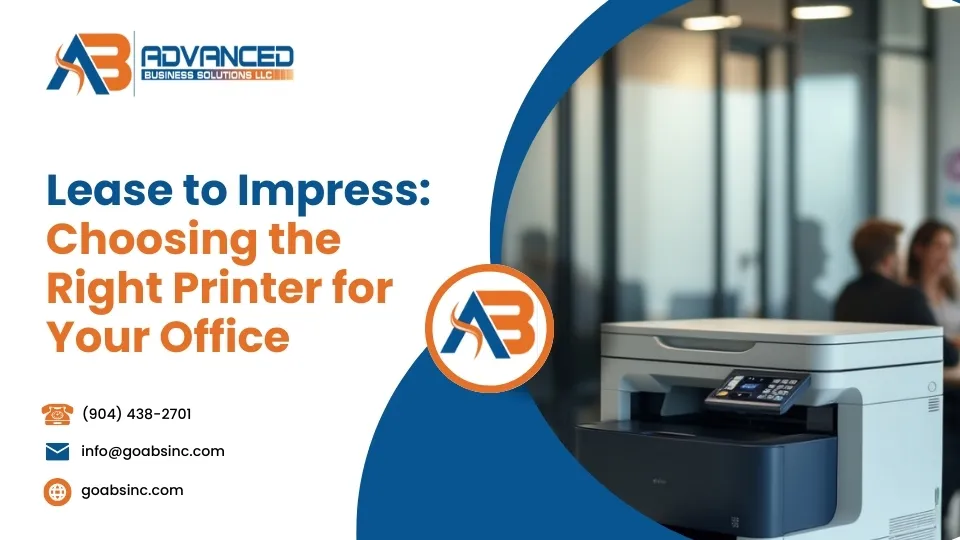


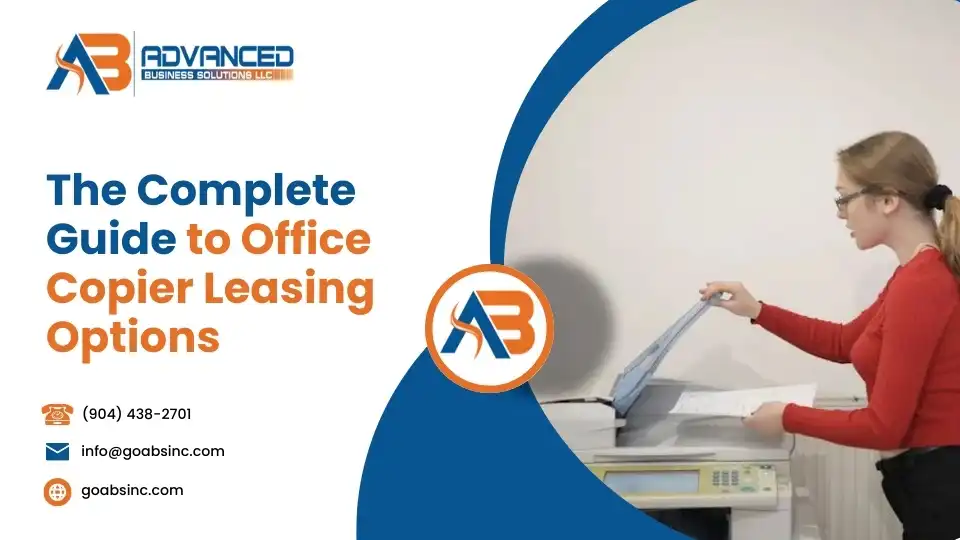
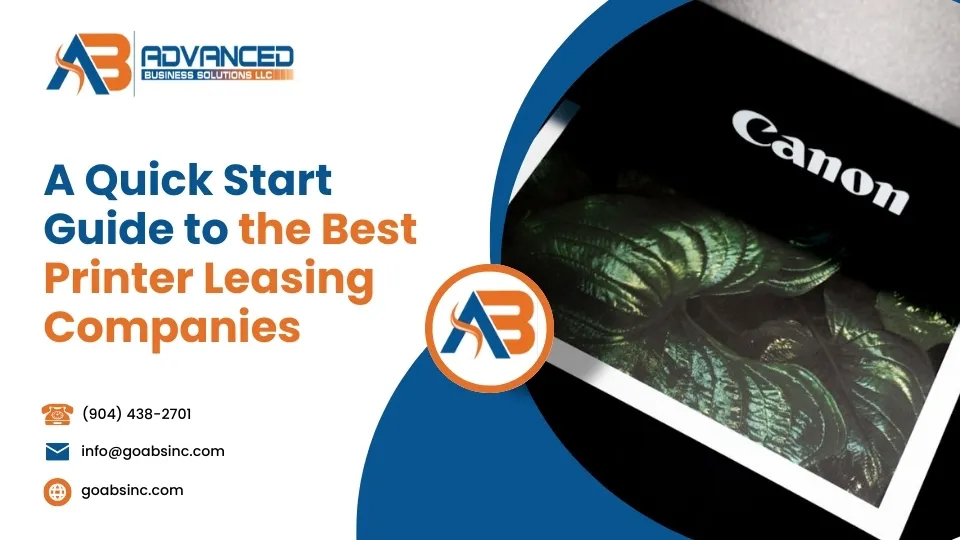
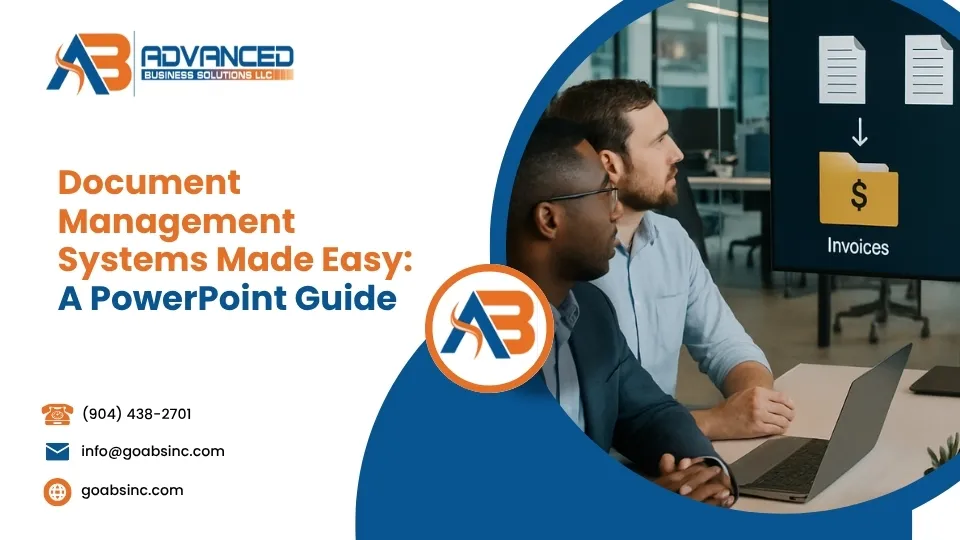

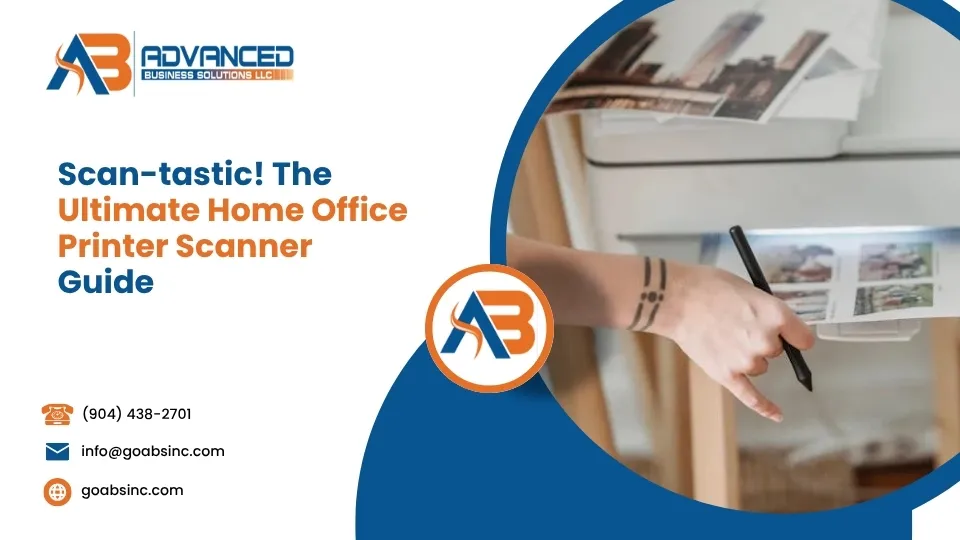
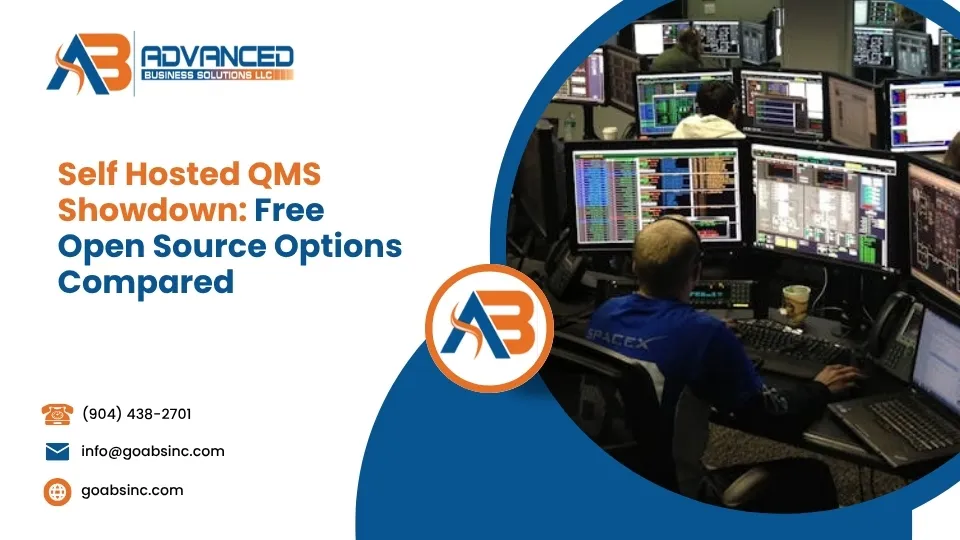
Comments are closed